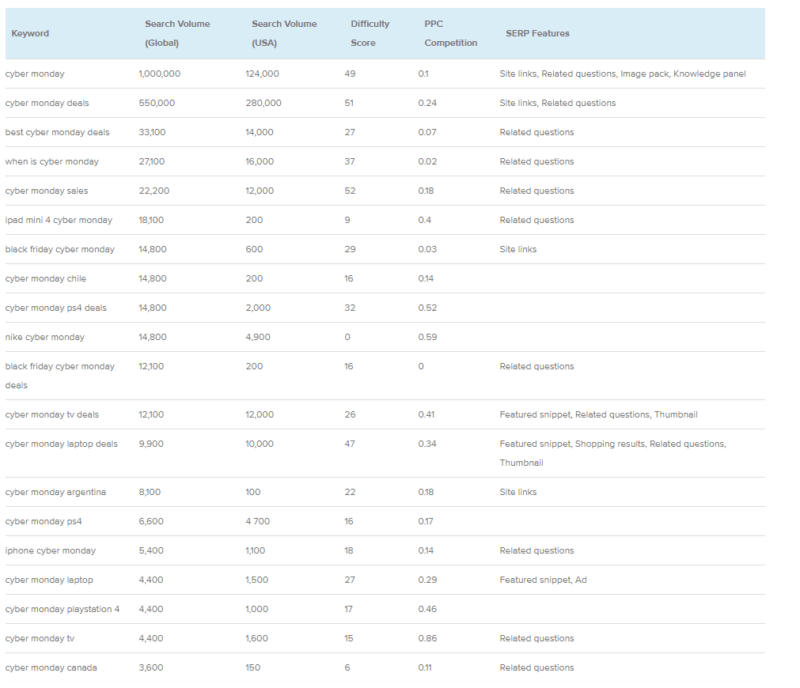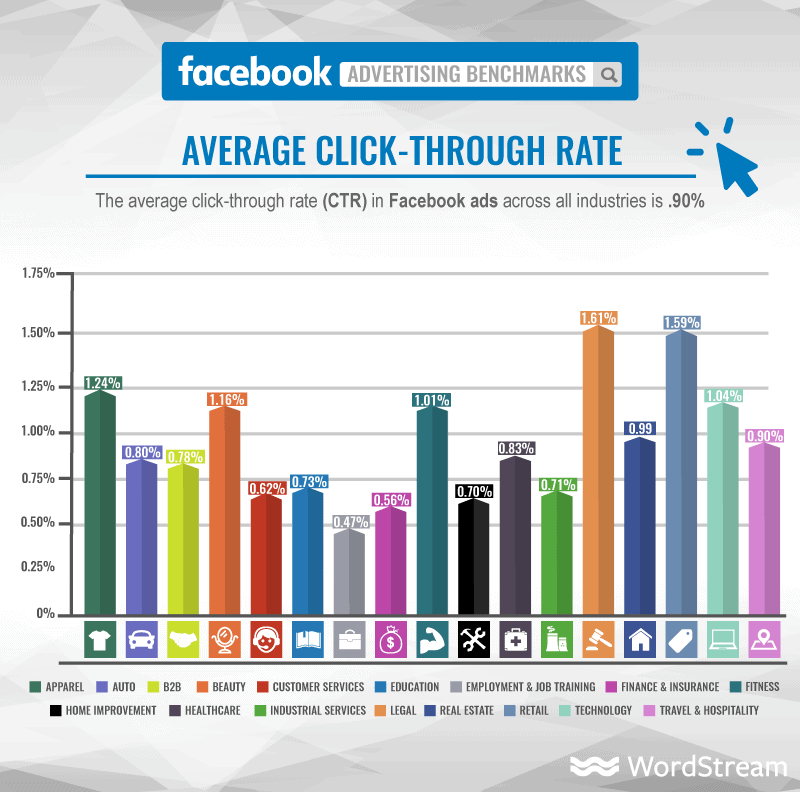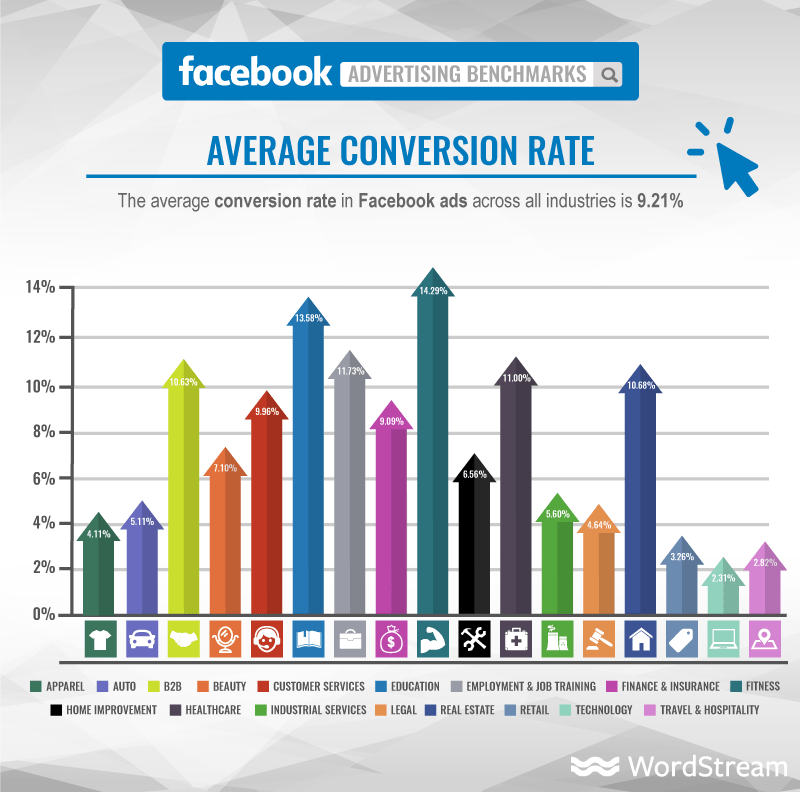Help Your Business Win Big This Black Friday

Ahh, Black Friday… The thrill of avoiding a stampede of human bodies threatening to crush your bones, the rush of grappling with someone’s grandmother over the last discounted smart TV, and the warm, fuzzy feeling we get from the concussion caused by someone’s eight year old carrying out the evil deeds whispered to him by his deal-seeking parents. Those of us who stay home get to enjoy every brawl, fall, and crawl, maybe a little envious that our own sense of self-preservation has kept us from joining the fray. But, this year, in a COVID world, those fond Black Friday memories are just that. For the sake of public safety, retailers are making major pivots to keep overnight campers and long, stuffy lines from creating another outbreak from interfering with our holiday cheer.
While some still want to get their cash-in-hand customers in the door by extending Black Friday into Cyber November, others have taken the approach that proved unsurprisingly fruitful in the midst of our first lockdown: cyber shopping. In fact, Forbes estimates that the pandemic set e-commerce growth forward 4-6 years in the span of just a few months, with the total online spending in May hitting $82.5 billion, up 77% from last year’s spending in the same month.
The article also noted some insights from Vivek Pandya, Adobe’s Digital Insights Manager: “According to our data, it would’ve taken between 4 and 6 years to get to the levels that we saw in May if the growth continued at the same levels it was at for the past few years. We typically don’t expect to see surges at this level, at any time outside of the holiday season. For context, last year’s holiday season drove $142.5 billion dollars from November 1st to December 31st, and that was a 13% year-over-year increase.”
That’s great news for businesses who have already adapted well to online retail, and even better news for those who are looking for the right opportunity to start. But, if you want a piece of the projected $10 billion in ecommerce spent over the Thanksgiving weekend, you’re running out of time to make it happen. Here’s what we suggest you focus on over the next 3 weeks:
Run Ads for Stupid Good Deals to Get Clicks
While nuance, skill, and creativity are clever ways to get clicks (and conversions) during every other part of the year, your job gets a little bit easier around this time of year. We’re obviously not saying that you should abandon ship and just run ad sets that say, “PLEASE BUY OUR PRODUCT, IT’S DISCOUNTED TO THE POINT OF US LOOKING A LITTLE DESPERATE,” but we are saying that you can be a little more obvious about the sale. Shoppers have their eyes peeled for keywords that are very obviously focused on the reason for the after-Thanksgiving shopping season:

We recommend keeping your ads focused on your absolute best deals. Deal creepers want to get their mouse clicks on the deals that they’re unlikely to see any other time of year, giving you the perfect opportunity to tempt them in with an insanely good offer, snag that email address (we’ll talk more about that in a second), and convert them with even more items in their cart because of all the cash you saved them with your initial offer. If you aren’t already putting money into Facebook ad spend, it’s worth it this season to get your brand in front of people who want to spend their money. Pour some cash into your Cyber November offerings, and watch your investment give you undeniably delicious returns.
Adopt a CRM That Can Track Purchases to Emails for Future Email Marketing
Your CRM, or customer relationship manager, needs to be able to do some heavy lifting if your success during Cyber November is going to carry you through to the next big sale. If you don’t have tracking setup already, it’s beyond time to get it done. With the data and analytics that tools like SalesLoft, HubSpot Sales, and Clearslide can provide, you can keep in touch with customers who made purchases during your sales event and continue to market to them throughout the rest of the year.
Remarketing to people who have converted in the past comes with a cornucopia of data that can turn a one-time sale hawk into a long-term customer. Start by immediately engaging with them through a segmented, personalized post-purchase email. Update them on the status of their order, along with relevant tracking information, and perhaps a celebratory “your package arrived!” message throughout the shipping and delivery process. Not only does that show your customers that you’re authentic and transparent in your approach to providing their product, it also keeps you top-of-mind for weeks after they checkout.
Then, you can continue this engagement with behavior-based marketing that allows you to create separate, targeted campaigns based on where your customer is in the sales funnel after the initial purchase. For example, new customers are more open to an “onboarding” process, where you share your story, throw out a few ads and coupons, and invite them to become a part of your brand’s family. On the other hand, folks who have been around for a while don’t need that same campaign because you’ve already sold them on the idea of your brand. Instead, hit them with reminders that you love and appreciate them.
A Forbes article notes that keeping a customer is much less expensive than acquiring new ones, but you have to put the work into the relationship: “According to a Bain & Company study, 60-80% of customers who describe themselves as satisfied do not go back to do more business with the company that initially satisfied them. How can that be? Often it’s due to a lack of connection. Customer satisfaction and loyalty mean nothing if you can’t remember exactly who it was that did that phenomenal job of cleaning your carpets two years ago, or where that little jewelry shop is that did such a great job of resetting your diamond when it was loose last year.”
Smart email marketing as a follow-up strategy to Cyber November can pay dividends in the short run and the long run, alike.
Market to Everyone Who Clicked an Ad, But Didn’t Convert
Wordstream’s data on Facebook ad benchmarks notes that in 2019, the average click-through rate across all industries was a measly 0.90%, but the conversion rate is much higher, at 9.21%. What’s that mean for you? Essentially, if you can tempt a Facebook browser into clicking on your ad, there’s a decent chance you’re going to see a sale come out of it. And for all of those that don’t? That’s just more opportunity for you to market to them down the line.


Often, online shoppers click ads, check out the deal, then shop around further to see if they can get a better price. According to Oberlo, 63% of shopping occasions start with online research before a final purchase decision is made. That means that you need to take that opportunity to continue marketing to that customer. Show them why they should become your customer, and not someone else. Prove to them that your customer service, follow through, and enthusiasm are unmatched, even if it means that your product costs a little more than competitors. Your efforts to capitalize on those moments between clicking and making a purchase decision are going to pay off, especially when you know that eighty-six percent of consumers are willing to pay more for a better shopping experience.
Remarketing allows you to follow your click leads throughout their entire shopping journey by tagging them and continuing to showcase products that they’ve considered, even after they’ve left your website. That’s why we mentioned snagging a dope new CRM before you try jumping headfirst into marketing during Cyber November. From there, you can snag a list of any customer who clicked on a link in one of your emails or ads, then target them with highly relevant ads on any number of social media and search engine platforms.
Facebook is particularly handy for this phase of marketing, as their robust Ads Manager tools allow you to create custom audiences and remarketing lists based on their current status in the sales funnel: customer list, for those who have made purchases in the past, website traffic, for those who have visited your site or specific landing pages, and app activity, for those who have done a particular action in a mobile application. From there, you can continue to keep your brand top of mind, whether the potential future customer was just window shopping or poised to whip out their credit card.
You can read more about that process on the Wordstream blog, where they go into great detail about how exactly to navigate the Ads Manager for maximum remarketing potential.
Cyber November is Here, and NATIV3 Can Help
Thinking about jumping into the lucrative marketing that is Cyber November, but concerned about how to go about it? Let us handle it for you. Since the beginning, NATIV3 has worked with clients both big and small to provide creative digital services that move their audience to take action. We have a track record of success that you’ll have to see to believe. Give our case studies a glance and see how we can help you navigate the digital landscape in a COVID world.